Let us first take a look at what formatting is and how it differs from deletion.
To better understand this consider an analogy. Suppose You have a cupboard filled with stuff. Now if you decide to take something out of the cupboard to make room for new stuff then this is equivalent to deletion. Now, formatting would be if you decide to put new stuff in the cupboard so you take out all the old stuff and you also change how things are arranged inside the cupboard. You remove the old labels and put new ones indicating what stuff will go where.
Note in both cases we have not yet taken anything out. and only decided upon it. Once we do take the stuff out and place new stuff in its position, it is equivalent to data overwriting and data recovery would not be possible after this.
Similarly, when formatting we prepare the SD card to save new data by erasing old data and creating a new file system structure on it. There are different file systems like FAT32, exFAT, NTFS, etc and different operating systems support only certain specific file systems.
It’s important to note that formatting an SD card will permanently erase all the data on it, so it’s important to back up any important files before formatting the card. Now the first thing you might be wondering is whether my data is recoverable.
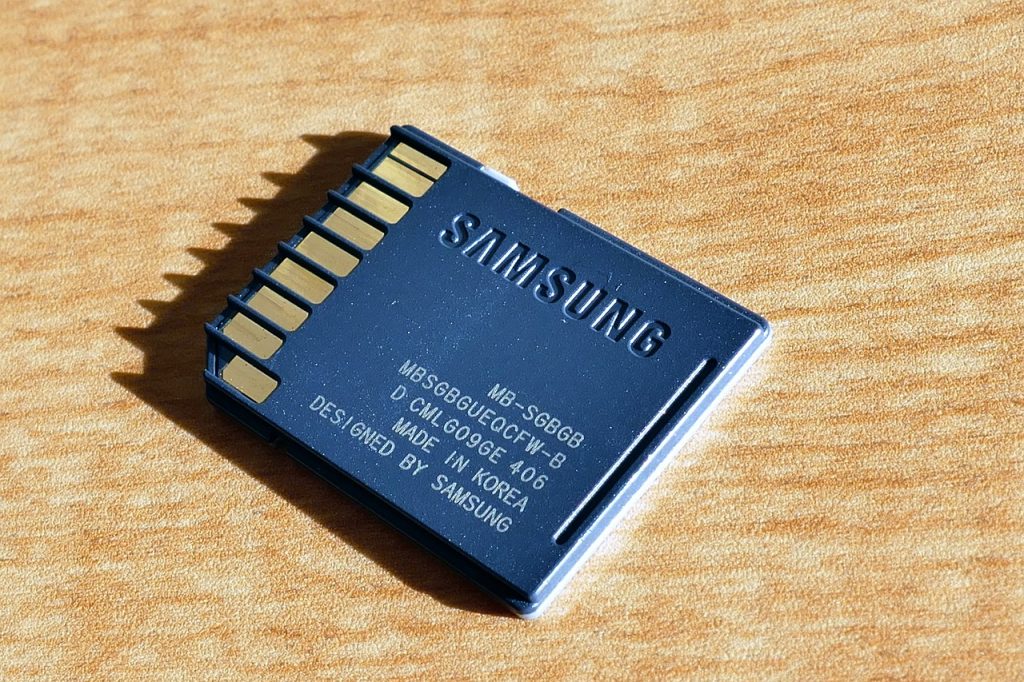
Can I Recover Data From Formatted SD Cards?
The short answer is, mostly yes. Let me elaborate. Formatting can be done in two ways a Quick Format or a Full Format.
Quick format is the default setting and it does not remove the data just rewrites the file system structure. Your data is not removed but the pointers are removed so it cannot be accessed through normal means and the device is ready to store new data. Data Recovery is possible in this case.
Full Format is slower and thoroughly removes all data, overwriting it with zeros or random patterns. Data recovery is not possible in this case. So, using Full format is only advised in case you want to sell your device and want to remove all personal data making it unrecoverable.
So now that we understand whether data recovery is possible let us move on to how actually to recover the data.
Easy Ways to Recover Data From Formatted SD Cards
In case your SD card gets formatted unexpectedly and you wish to recover your data it is important to act fast. Although it may seem difficult to recover data from formatted SD cards it is not impossible. Follow the methods mentioned below to retrieve your data easily.
Method 1: Recover Files From Formatted SD Cards By Windows File Recovery
- If you are a Windows 10 or Windows 11 user, you have the option of using the free Windows Utility tool called Windows File Recovery for data recovery. To use this follow the steps as follows:
- Click on the Windows key and search Microsoft Store. Inside the store search for Windows File Recovery and install it.
- Press Windows + R. Type winfr and press Shift + Ctrl + Enter to open Windows File Recovery as Administrator.
- Type the command winfr F: D: /extensive
- Here replace F with the drive letter of your SD card.
- D is the destination location that can be replaced as per your preference.
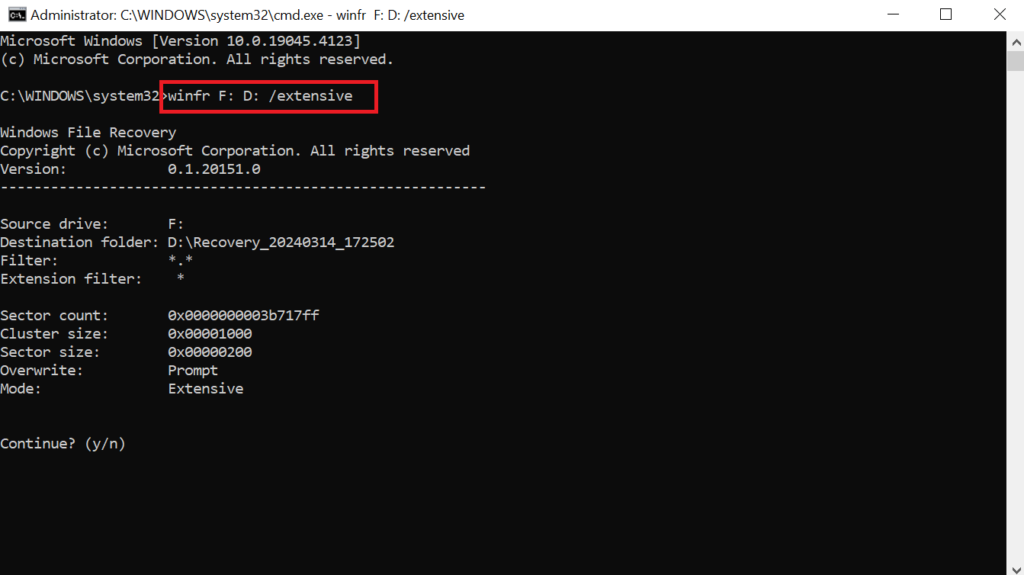
- Press Y to continue scanning and recovery.
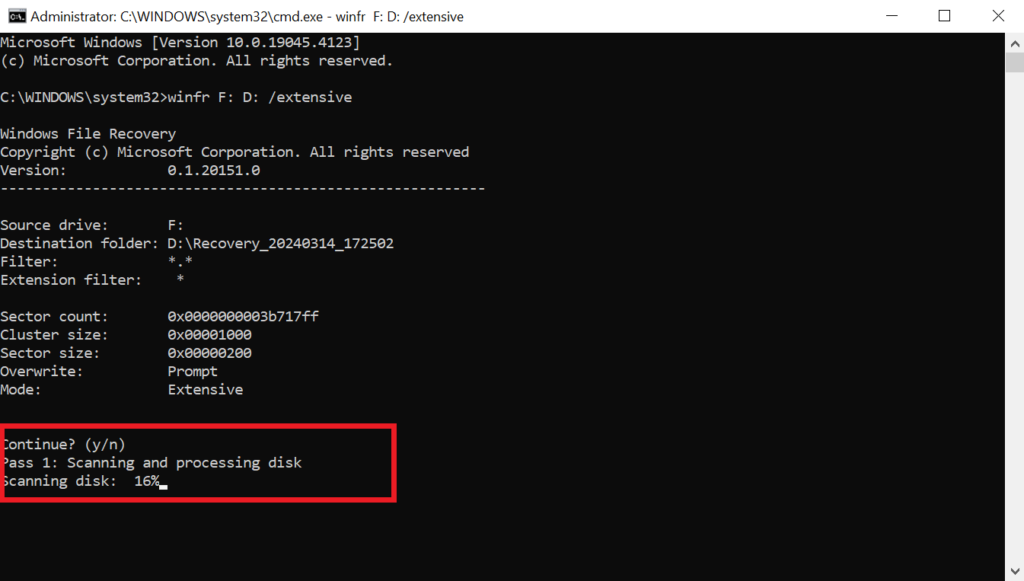
If you were unable to recover data from your formatted SD card using the Windows File Recovery utility, you have to go with data recovery software for the quick and safe recovery of data.
Method 2: Recover Data From Formatted SD Card By Yodot Hard Drive Recovery Tool
Yodot Hard Drive Recovery is a one-stop solution for formatted or unrecognized SD card data recovery, This tool works on an advanced recovery technology to recover data from formatted devices. This tool supports FAT16, FAT32, NTFS5, ReFS file systems, etc.. on the SD card. Download and try the tool now for free.
You can also employ this tool to recover data from an unreadable SD card.
Steps for Formatted SD Card Data Recovery:
- Download and Install Yodot Hard drive recovery software on the system and connect the SD Card.
- Click on Formatted/Reformatted Recovery to recover data from the formatted SD card.
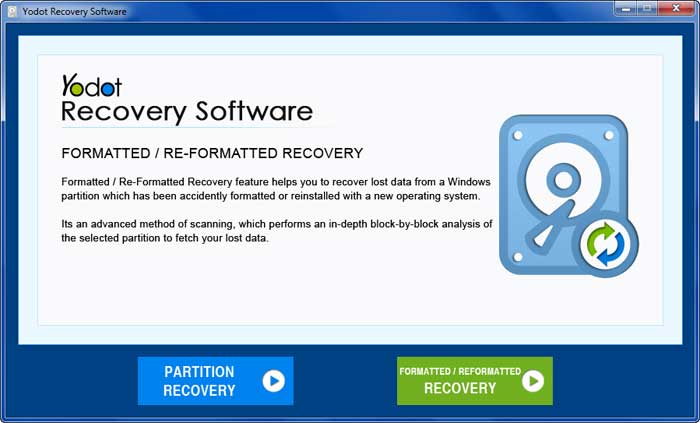
- The tool shows the available Volume/Drives, Select the SD card and click on Next
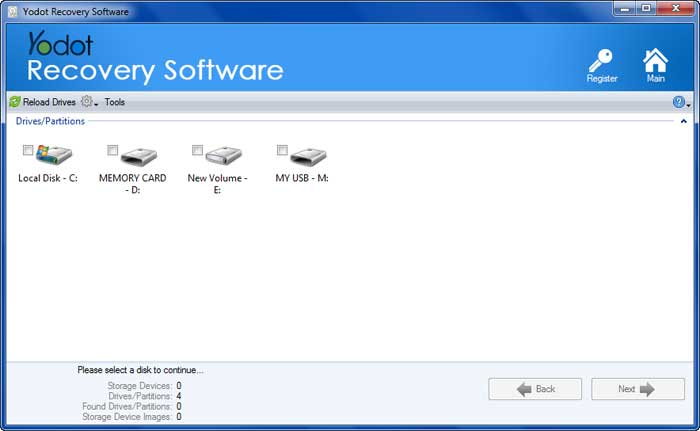
- Once you click on next, the software starts the scanning process and displays the recovered data in Two View Types.
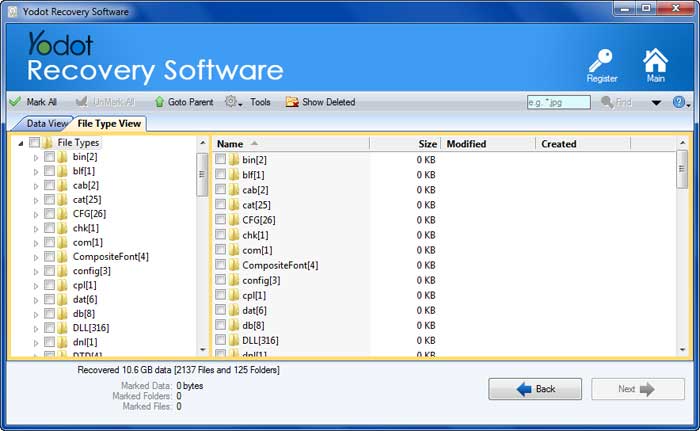
- Preview the recovered files using the Preview option.
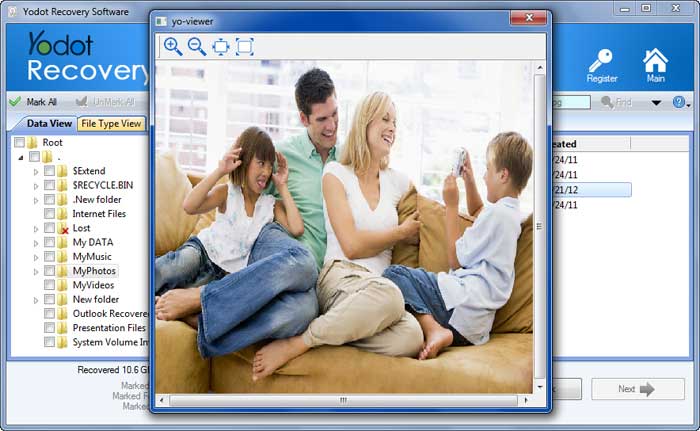
- Save the recovered files to the desired location of your choice, rather than from the recovered drive.
I hope by now your data will have been recovered. And, now that the issue has been resolved we recommend you take a look at what may have caused this issue in the first place so that the problem does not repeat.
What Can Be The Causes Of Unintentional Formatting?
- User Error: One of the most common causes of accidental formatting is when you accidentally select the wrong drive or partition to format.
- Malicious Software: Malicious software can cause accidental formatting by infecting a computer and corrupting the file system, which can cause the system to format the drive automatically.
- Hardware Failure: Hardware failure, such as a controller malfunction, can cause a computer to format a drive incorrectly.
- Improper Handling: Accidental formatting can also occur when a user accidentally deletes important files or removes a drive without properly ejecting it.
- Automatic Formatting: Some devices and operating systems automatically format drives when they are connected, which can cause accidental formatting if you are unaware of the process.
In most cases, accidental formatting leads to the loss of important data, making it important to take preventative measures and back up important files regularly.
As you are well versed in the potential causes of SD card formatting unexpectedly, let us go over some tips you can implement to reduce the probability of losing data due to this issue.
Tips to Avoid Data Loss During SD Card Formatting:
Here are the tips to protect your Data before formatting the SD card:
- Copy all the data saved in the SD card to your Personal computer.
- Backup SD card to Cloud services like Google Drive, One Drive, etc..
- Copy and paste the files to another Backup SD Card, so that you can retrieve data from SD Card irrelevant of data loss scenarios.
Conclusion:
In this article we explained how you can recover data from formatted SD cards, what caused the memory card to format in the first place, and what you should do to prevent such a problem from affecting you again.
In case you have any doubts, are facing any difficulty, or need some help feel free to contact us. We are always happy to help.